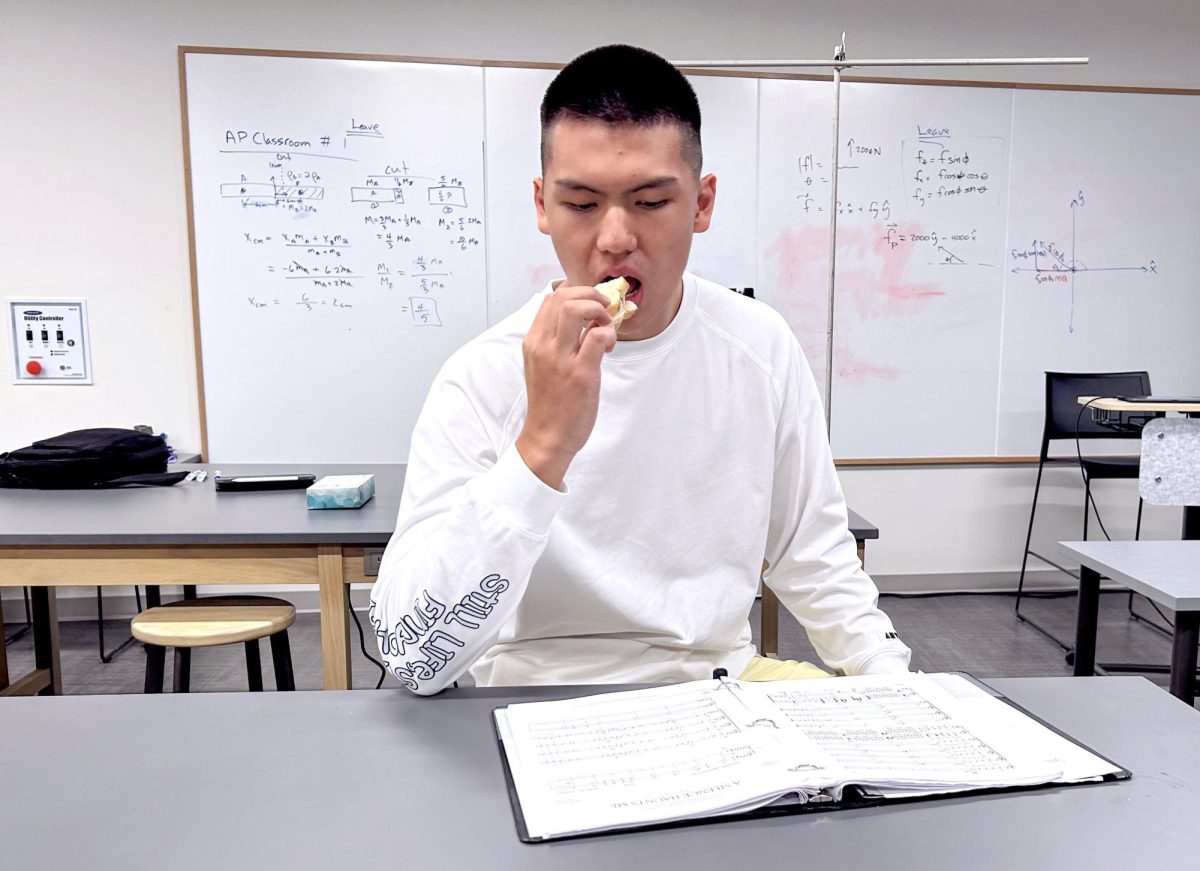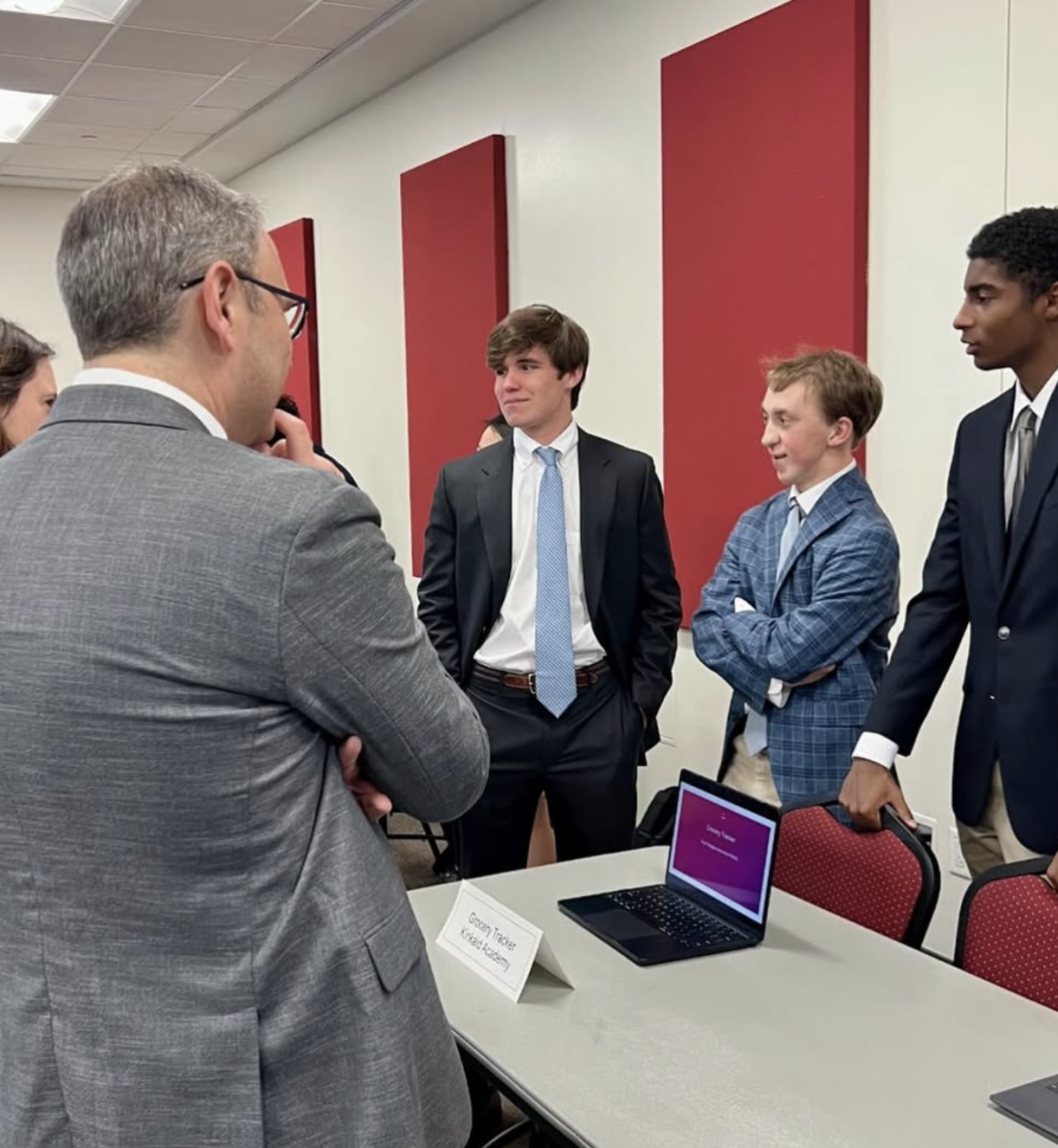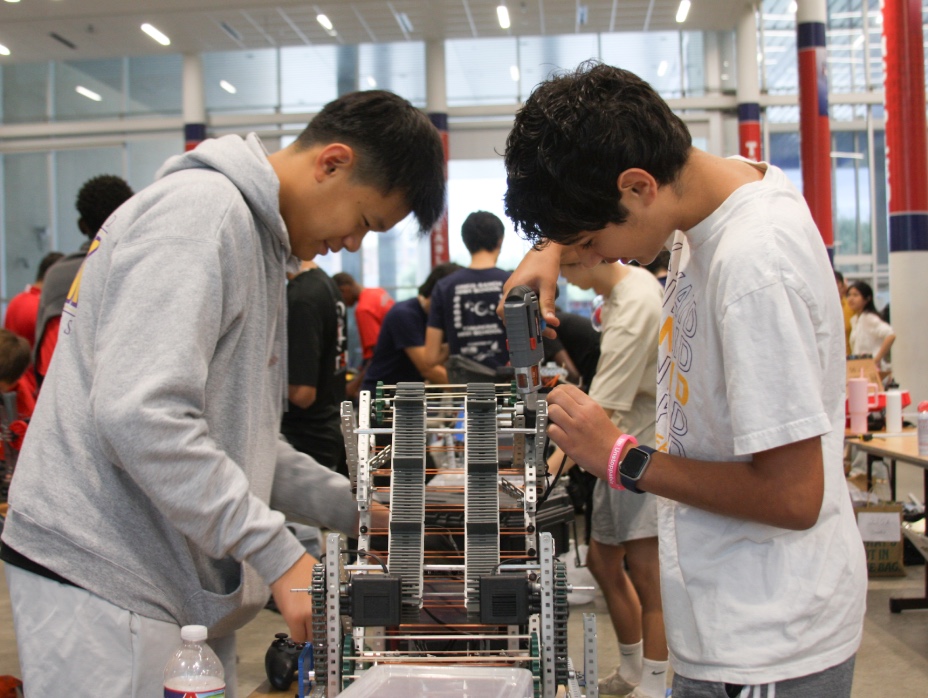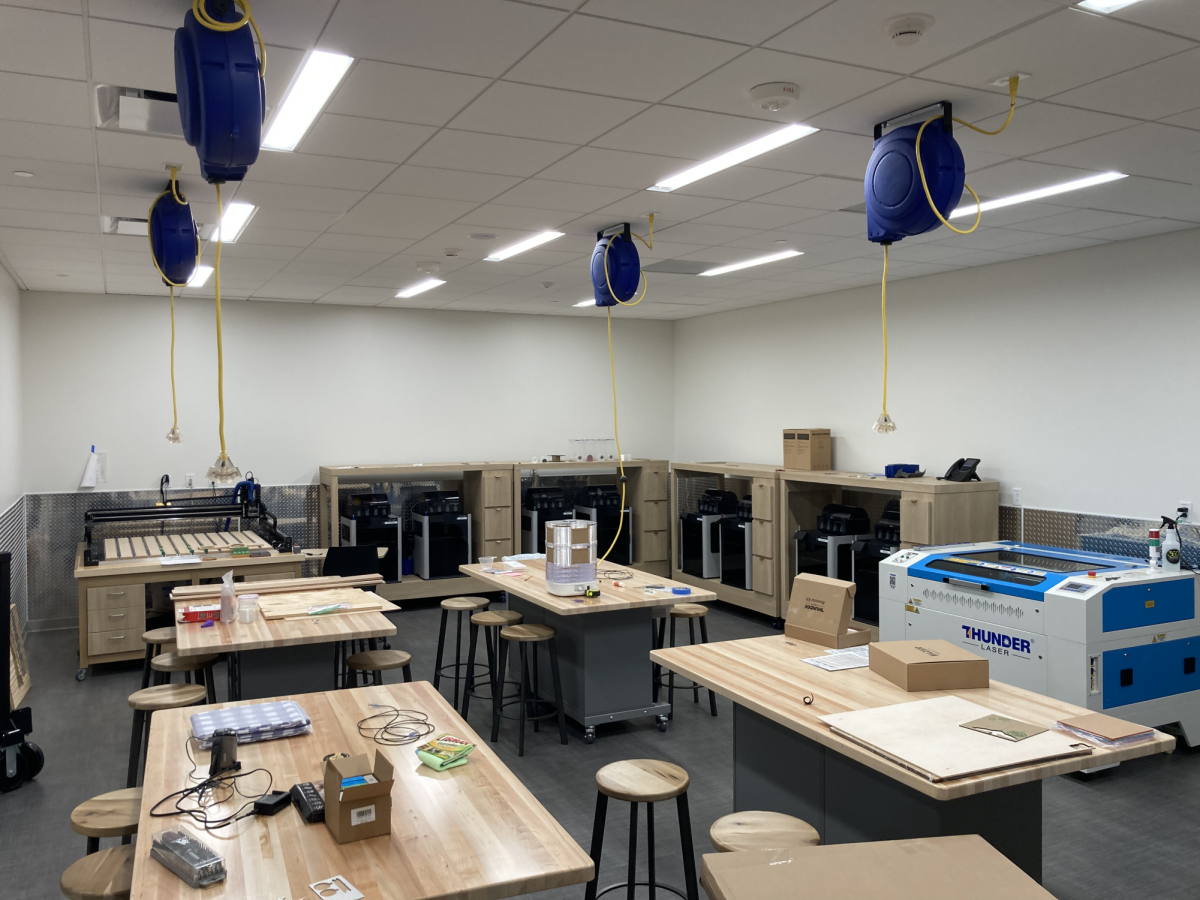As the projector smoothly flickered past the opening slideshow and Mr. Josh Ramey, assistant head of the Upper School, strode up to the podium during the first Tuesday assembly of the 2025-26 school year, cheers erupted from the packed Brown Auditorium.
On Aug. 28, Kinkaid announced the reversion of the controversial and widely opposed new food policy, to the glee of many students.
Initially, the administration scrapped the previous Temporary Upper School policy, which allowed food inside the building only within the Sarofim Dining and Learning Center and in classrooms with permission from teachers. The earlier policy was removed in favor of a highly contested policy that completely removed the ability to have food in classrooms.
Ms. Alex Spencer, head of Upper School, said the decision came as an attempt to maintain the cleanliness of the new Bowden Upper School.
“When we started off by saying no food, it was just to be able to keep this nice building nice, ” Ms. Spencer said. “In our experience, we’ve seen that when kids have food, it’s just harder to keep spaces nice because it’s tempting to leave trash.”
Upper School French teacher Dr. Mark Humphries explained that he believed the new policy was just a way to keep the new Upper School building looking new.
“I think the reason the new food policy was made was to protect the construction that was just completed, like a new car or a new pair of shoes,” Dr. Humphries said. “The first scuff or ding in the car is worse than all the subsequent ones. The Upper School administration is being very careful about how the new building is being treated.”
But was keeping the campus nice worth the sacrifice of convenience for students?
The decision, for many students, removed an important source of flexibility that was critical for their procession through the school day.
“Being able to eat lunch whenever in classrooms during class is really nice,” senior Jeremy Guo said. “Especially without a free period, it opens up the hour lunch block to do work and to take tests that I otherwise wouldn’t have had the chance to take.”
Senior Dante Agostini echoed Guo’s sentiment.
“Eating in teacher’s classrooms during class periods really saves a lot of time,” Agostini said.
Ms. Spencer’s explanation of the recent return to the new policy showed the administration’s understanding of students’ perspectives.
“The issue is just weighing the balance between trying to keep the building nice but also the logistics of people being able to take care of their business because we know a lot just happens during lunch,” Ms. Spencer said. “For example, if you were taking a test in the testing center during lunch, you might miss your chance to eat so you might be depending on eating something after it.”
Despite not allowing food to be consumed in his classroom, Dr. Humphries agreed with the change due to the benefit to teacher autonomy.
“I like the recent changes to the food policy,” Dr. Humphries said. “The teachers who allow eating get to keep the same ambience that they’ve always had.”














